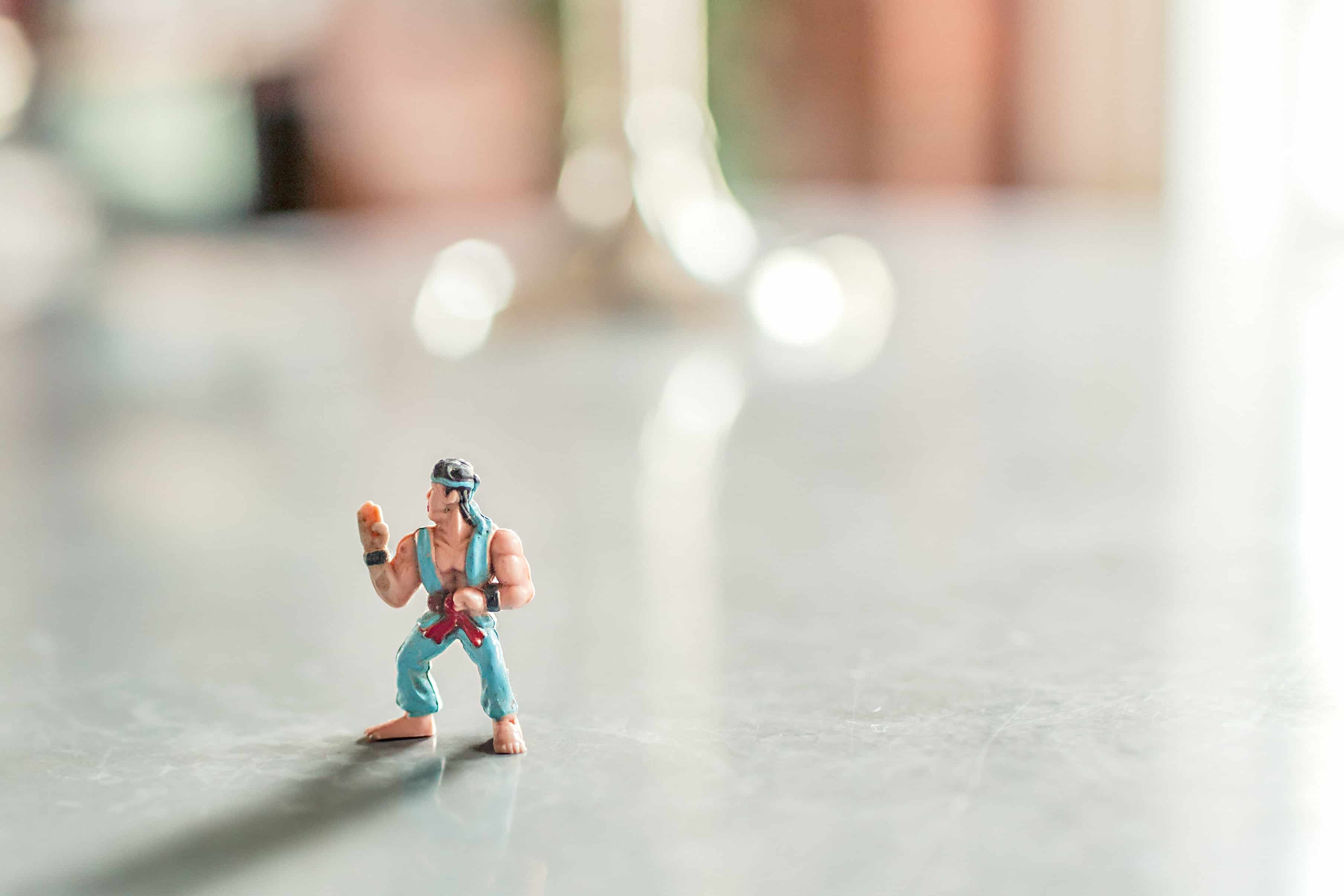Muscle tears, also referred to as strains, are typically labeled as a grade 1, 2 or 3. Grade 1 is mild and requires a few weeks of rest. Grade 2 is moderate and can require 3-6 weeks of rest and recovery. Grade 3 is full rupture which requires surgical intervention. In all three cases, there is usually bruising to indicate a tear has occurred. Small tears usually yield a small bruise, bigger tears produce bigger bruises. You get the picture.
The reason this article is being written is because I have had several patients in the last few weeks come to me with mild to severe “muscle strains” with no evidence of a tear (bruising.) So what could that be? While I have not done scopes to confirm my suspicions, I will tell you what has been my experience over the course of the last few weeks and years.
In prior cases, I have seen athletes with hamstring strains. The muscle is tight and short and there is usually a big black/blue/green bruise over the site of injury. Using various techniques to stimulate blood flow, decrease muscle spasm and restore strength, these injuries heal quite nicely. The more unique cases, in my personal opinion, are when patients come into my clinic with the same types of symptoms (pain, muscle tightness) without the visual confirmation a tear has occurred.
With some quick palpation, it is usually very easy to determine not only where the source of pain is coming from but also what the muscle itself is doing. If the painful point also happens to be under a giant mound of balled up muscle, but there is no bruise, I am confident the muscle has gone into spasm BUT HAS NOT torn. At least not very badly.
What To Do?
Good news, the hard work has been done – you’ve found the treatment area. Now, you just need to treat it. In the circumstance explained above, I usually start out with some very light massage just to get some pain control. Over the course of the next few minutes, I start to increase my pressure. This increased pressure is what will help get that tissue to relax and not hurt so much when you move. This might seem counter intuitive to some at first because the pain can be fairly intense. Rest assured, you aren’t causing any damage or making things worse. It should start to feel better after an honest 5-10 minute effort on your behalf. From there, I will usually incorporate some light stretching as well. It should be noted I don’t hold a sustained stretch, rather I get just to the edge of discomfort and then almost immediately let off and continue to oscillate back and forth. As I perform this stretch, I try to go just a little bit farther with each repetition. Ultimately, I let the person and the tissue tell me how much is enough.
With about 30-45 minutes of graded massage and stretching, you can take a spasmed muscle from tight and irritated to much more relaxed and far less painful. With enough treatments, you will be back to enjoying your favorite sport in no time flat. If you have any other questions regarding this type of treatment or others, please feel free to reach out to me directly at 479-402-9400 or email me at [email protected].

